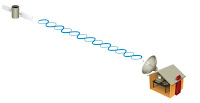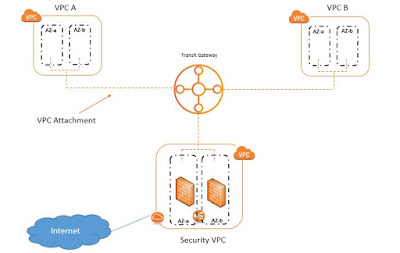Wireless Classification Types
Classification Types
Based on Distance
Wireless Personal Area Network (WPAN)
Wireless Local Area Network (WLAN)
Wireless Metropolitan Area Network (WMAN)
There is no specific range defined for this but it generally extends to few kms/miles. Cellular, WiMAX are few of its examples.
Wireless Wide Area Network (WWAN)
This exists beyond a country or nation or entire world. It is generally extended to several hundreds/thousand miles/km. Typical examples include Satellite communication, long range cellular communications.
2. Based on Modes
Peer to peer / Adhoc mode
When two wireless capable devices are able to establish a wireless connection directly amongst themselves. They are said to have established adhoc mode of communication. It is comfortable when the peering is limited to 2 or 3 devices but it gets miserable when the device list is increased further to 8 - 10 devices. Collisions and Out of range issues prop up frequently leading to management difficulty/inefficiency.
Infrastructure mode
Here there exists a device centrally which acts as a bridge between wireless and wired network. All the wireless enabled client devices connect to this device. this device is called Access Point (AP).
AP relays the frames within clients. It acts as the infrastructure providing connection from one client to another. It is the Distribution System as it distributes frames from wireless to wired network and vice-e-versa. DS is the function of AP. Basic Service Area (BSA) is the area where we can connect to the AP. AP provides the basic service as connection.
Basic Service Set (BSS) is the connectivity service that AP provides to clients






Comments
Post a Comment